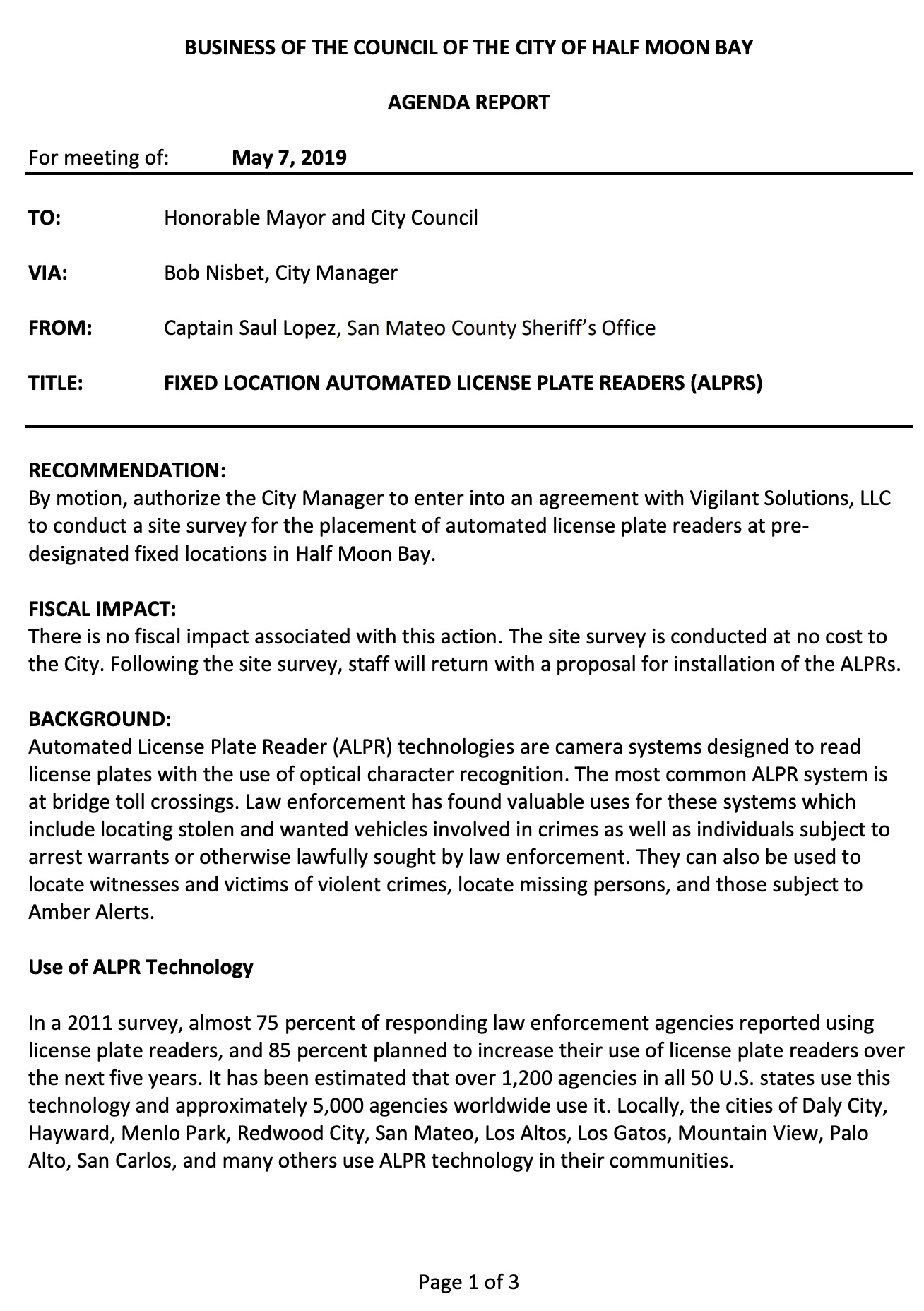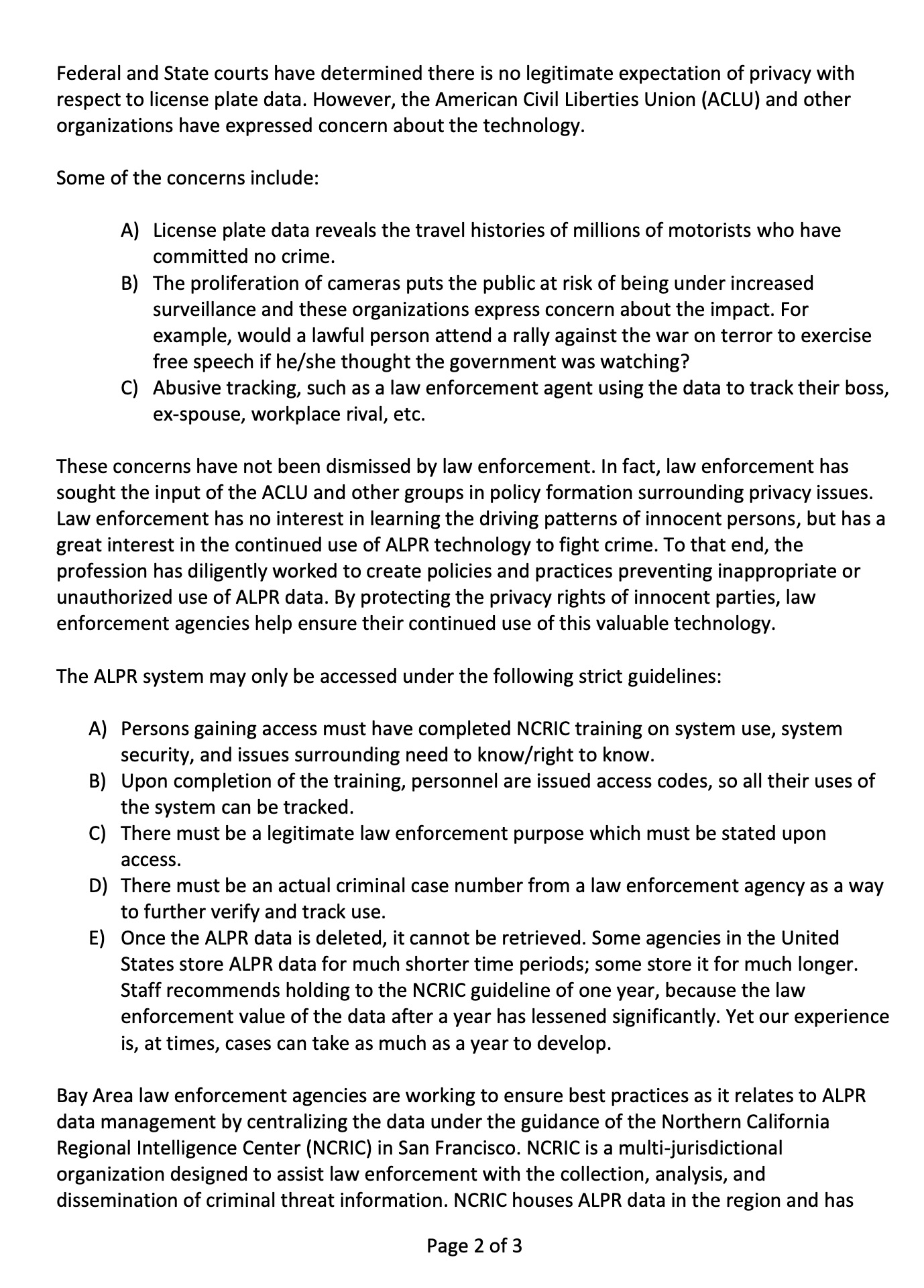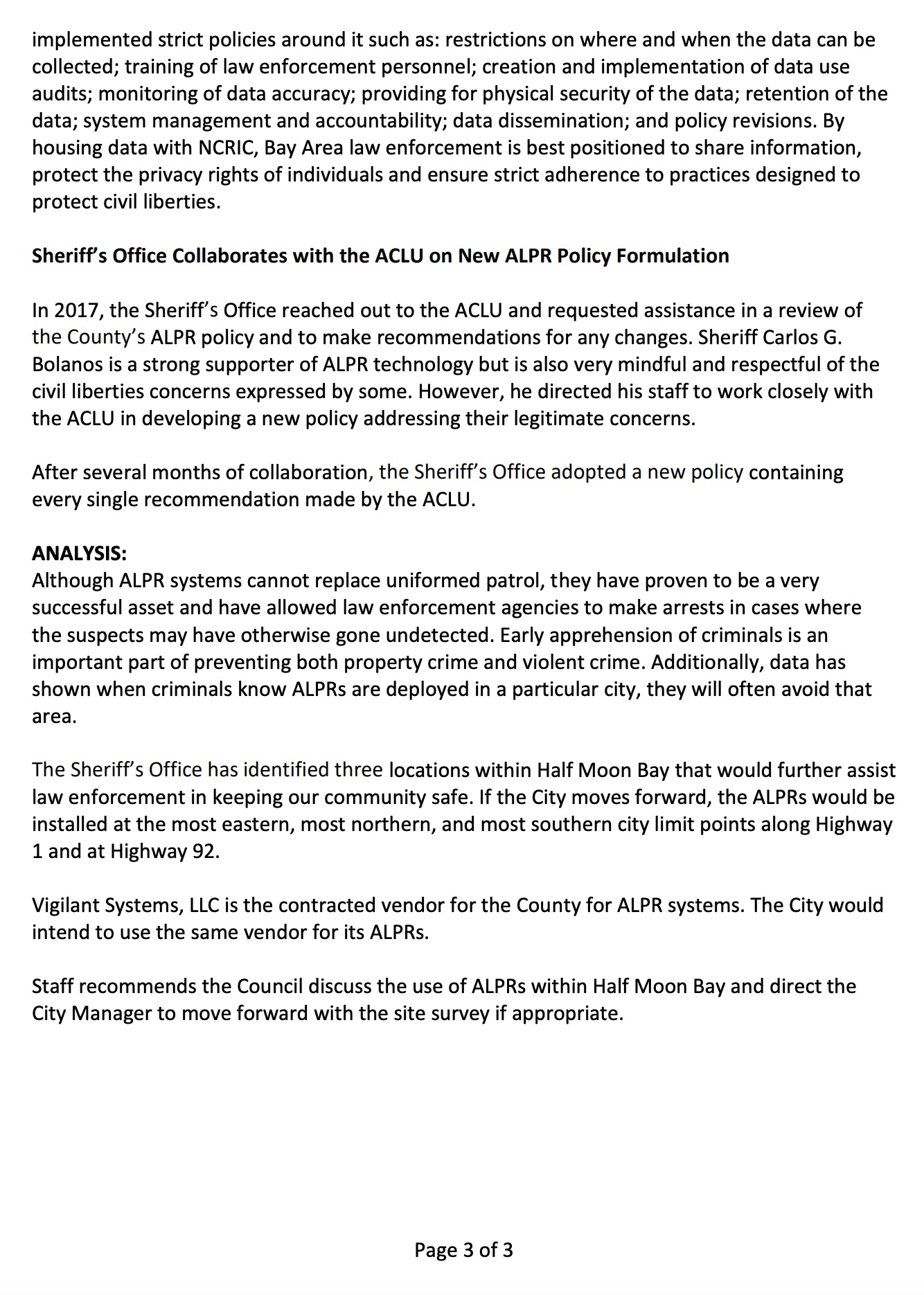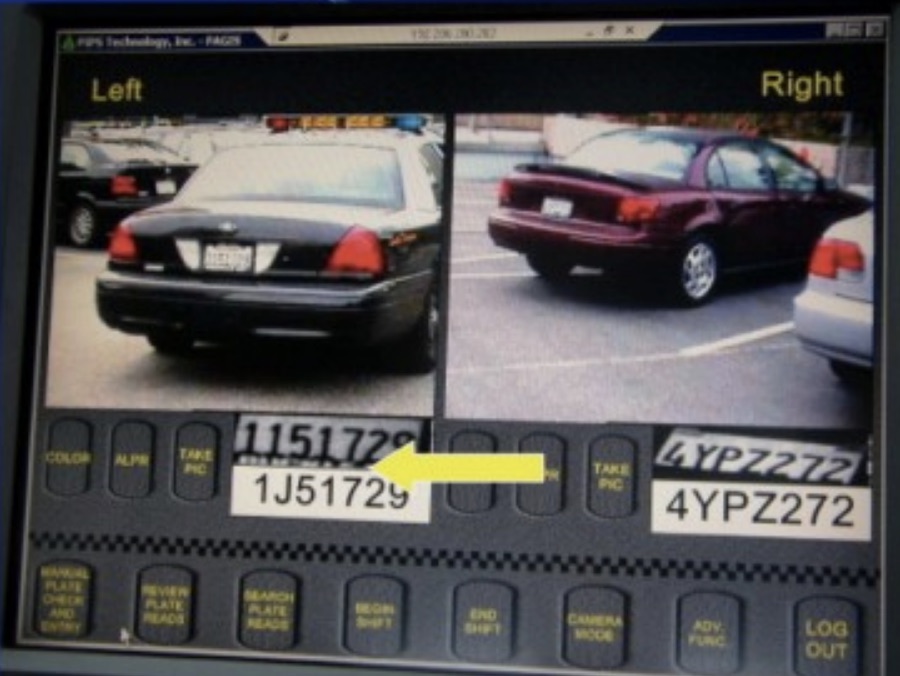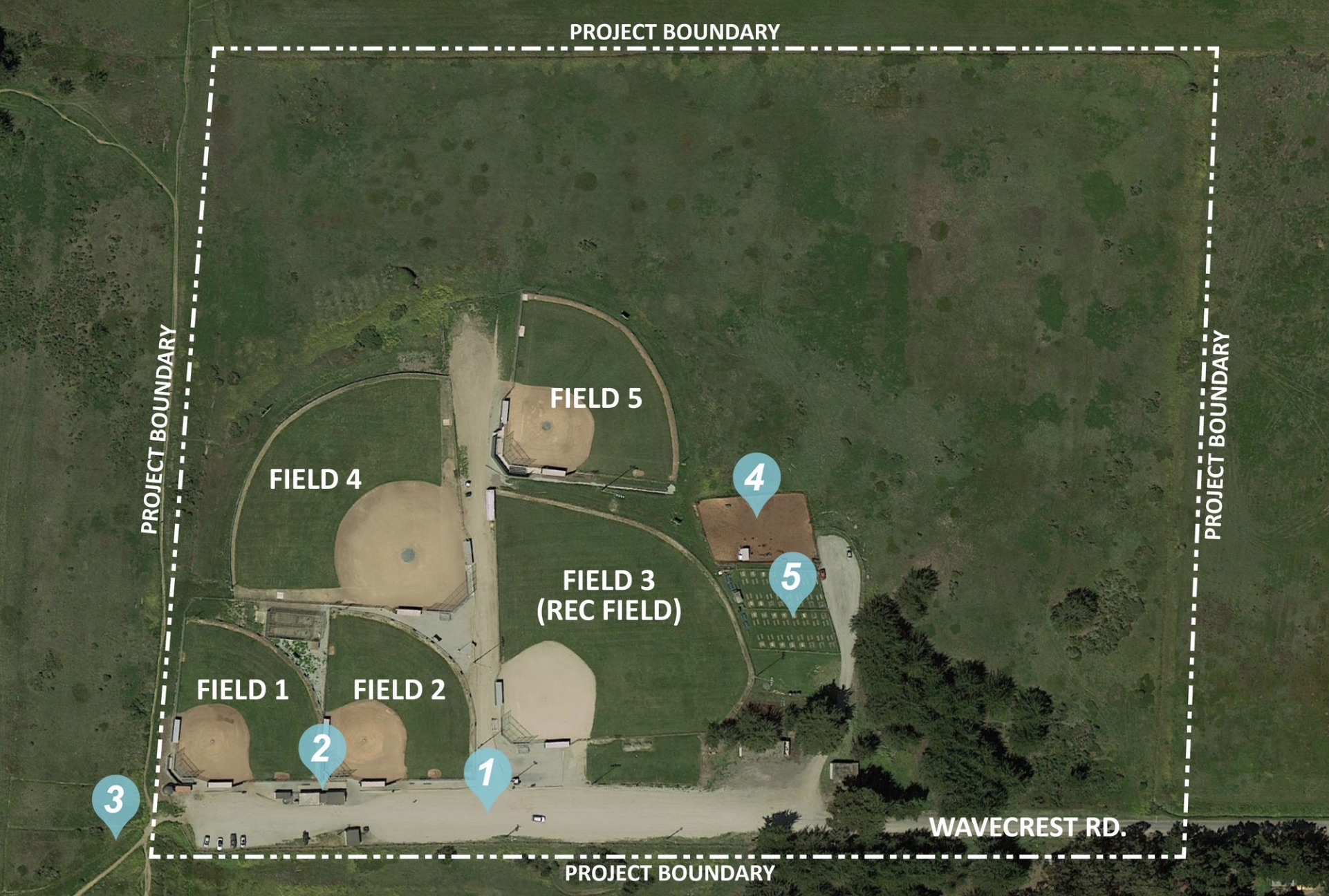|
Getting your Trinity Audio player ready...
|
ARTICLE. City Council is deciding whether or not to install Fixed Location Automated License Plate Recognition (ALPR). Here is some homework to make you think.
“Despite the fact that no federal license plate legislation has been proposed, the International Association of Chiefs of Police (IACP) has sent a pre-emptive letter to top Congressional lawmakers, warning them against any future restrictions of automated license plate readers. The IACP claims to be the “world’s oldest and largest association of law enforcement executives.”
As the letter, which was published last week, states:
We are deeply concerned about efforts to portray automated license plate recognition (ALPR) technology as a national real-time tracking capability for law enforcement. The fact is that this technology and the data it generates is not used to track people in real time. ALPR is used every day to generate investigative leads that help law enforcement solve murders, rapes, and serial property crimes, recover abducted children, detect drug and human trafficking rings, find stolen vehicles, apprehend violent criminal alien fugitives, and support terrorism investigations.” >>> Read More at Ars Technica ; About Ars Technica
Automated License Plate Recognition (ALPR) Defined
Automated License Plate Recognition (ALPR) is a technology that uses optical character recognition (OCR) to automatically read license plate characters.
There are two types of ALPR: stationary, which uses infrared (IR) cameras at high fixed points, and mobile, which uses vehicle-mounted IR cameras.
Stationary cameras can be mounted on signs, street lights, highway overpasses or buildings as a cost-effective way to monitor moving and parked vehicles twenty-four hours a day. Camera software is able to identify the pixel patterns that make up a license plate and translate the letters and numbers on the plate to a digital format. The plate data is then sent to a database where it is compared in real-time to a list of plate numbers that belong to “vehicles of interest”. If the system detects a match, it sends an alert to the dispatcher or other designated personnel.
Mobile ALPR software suites use multiple cameras mounted on a vehicle. As the vehicle moves, it photographs license plates and transmits plate data to a database. The database may be a national database or it may be created at the local level and downloaded into the vehicle’s onboard computer at the beginning of each shift. If the system detects a match, the officer receives an alert on his computer. A mobile ALPR can read up to 1,000 plates per hour and cover two or more lanes of traffic at once. >>> Read More at Tech Target



